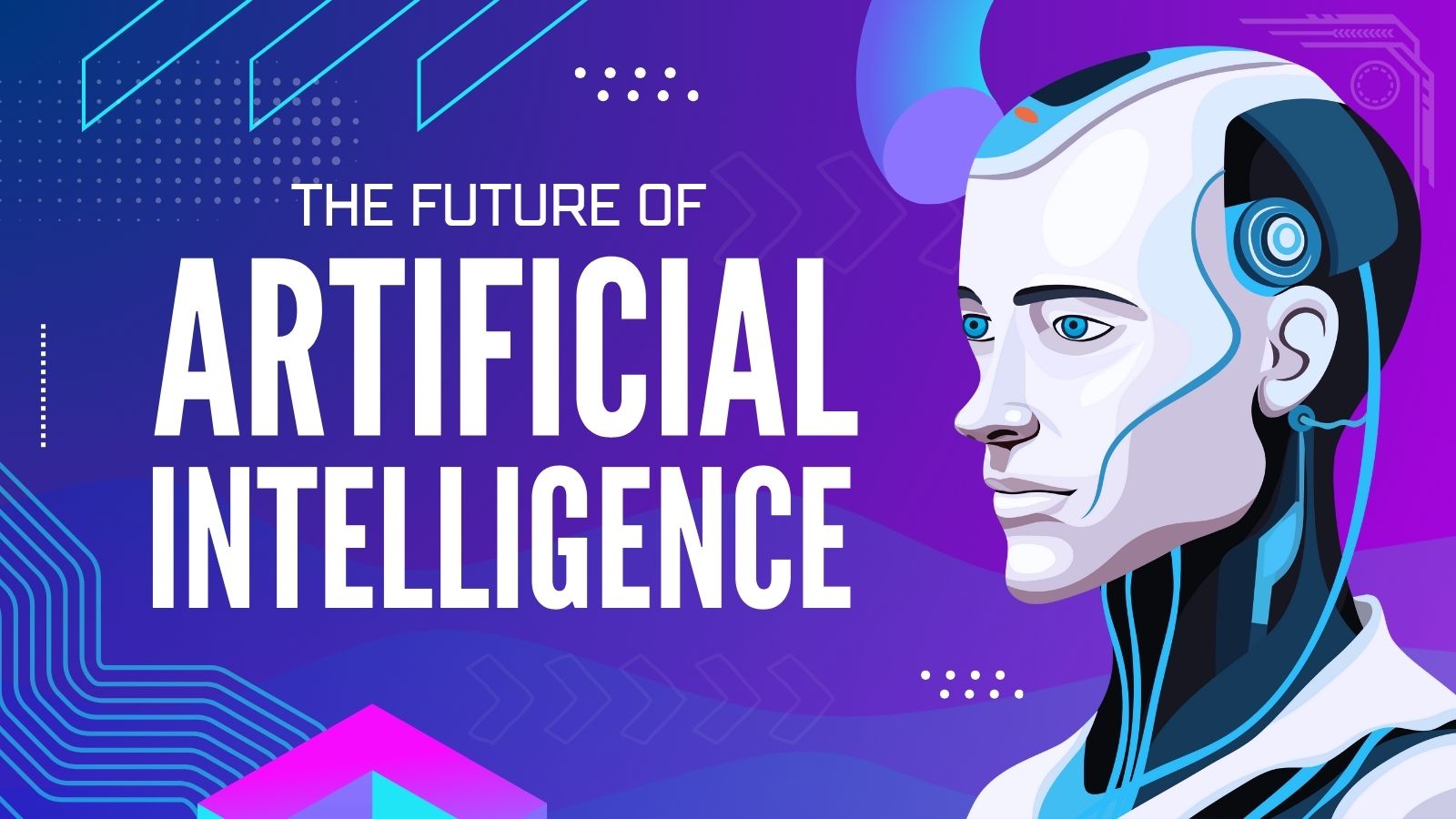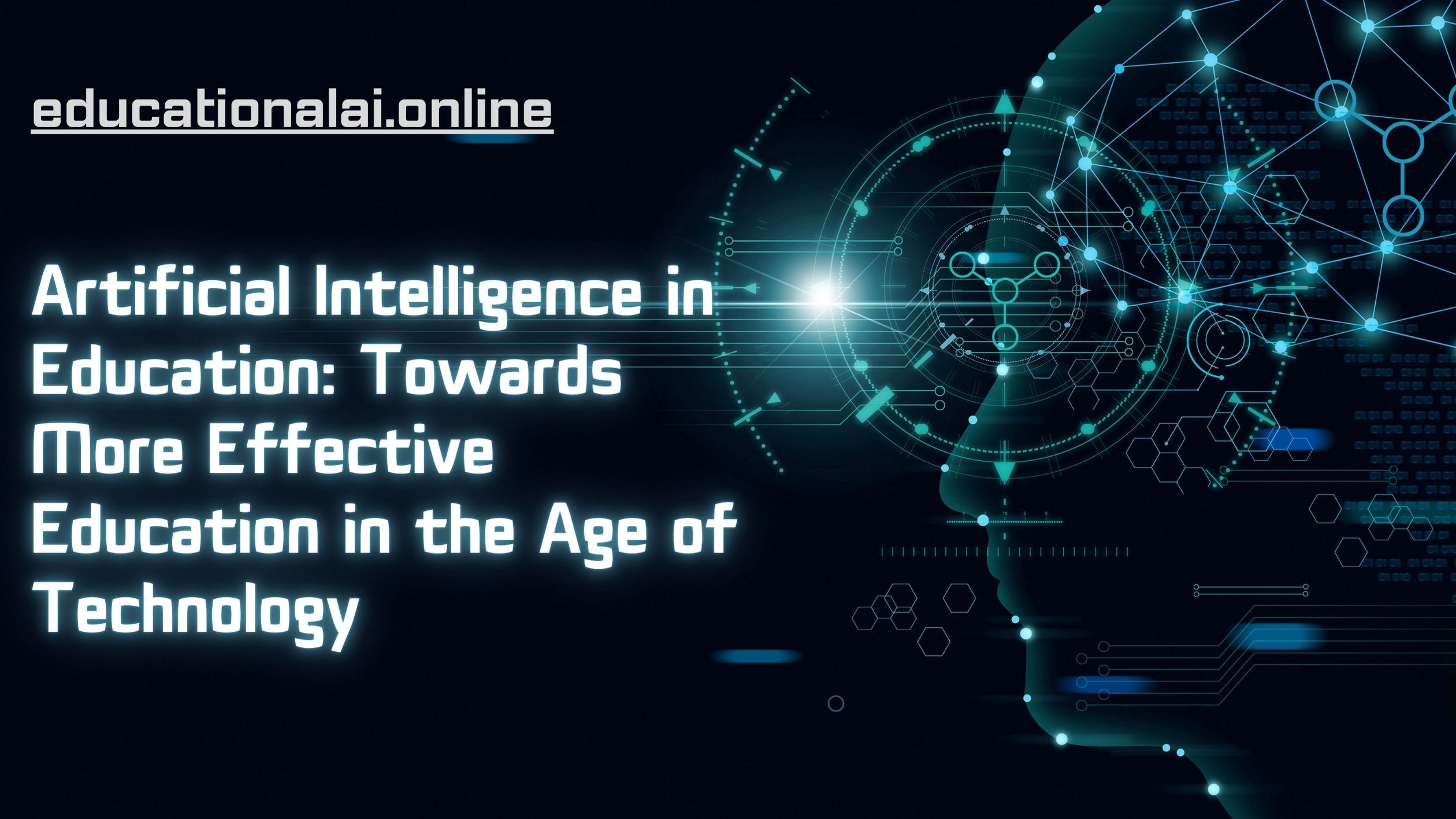AI Teacher: Flexible paths and Big ideas in Shaping the Future of Education
Introduction
Ai Teacher: The general use of artificial intelligence in the different sectors can be described as revolutionary and education is one of the major beneficiaries. Artificial Intelligent teachers, or Intelligent educational systems, are changing the way of face-to-face teaching and learning. This advanced system presents individualized, conscious, and efficient teaching and learning processes that define the future education. In this article, the topic of AI in teaching will be described, the key advantages as well as some potential problems and possible future of AI teaching will be identified, and an optimized list of the most frequently asked questions will be answered.

The Emergence of AI Teachers
What Are AI Teachers?
AI teachers are complex intelligent paradigms that use artificial intelligence techniques such as machine learning algorithms, natural language processing, and analytics for educational functions. These systems can contain millions of records for student behavior, learning patterns, and the kind of educational content and support they require.
Key Functions of AI Teachers
1.Personalized Learning:
Education-AI systems adapt the content provided to the learner dependant on his or her abilities and the deficits he or she may be displaying. This personalization helps a student to get the right help and that which challenges him/her at the right time.
2.Real-Time Feedback:
The AI teachers include instant coaching on assignments and quizzes and teach students the mistakes they are making as they work them through the quizzes. This feedback is important for learning since it is given at the right time when the learner/teacher is still interacting with the learning materials.
3.Automated Grading:
AI can easily grade MCQ exams and, in a growing rate, written exams as well. This automation reduces the time required by the teachers and guarantees equal and prejudice free grading.
4.Administrative Support:
Administrative functions that are managed by AI include planning, monitoring of the students’ performance, and communication with the parents. These types of supports enable the teacher to devote more time to teaching and to interaction with the students.
Benefits of AI Teachers
Enhanced Efficiency
When it comes to repetitive activities, the use of AI teachers outweigh that of human teachers. Iale and automated grading, record keeping accountability and attendance reduce hours of valuable time dedicated to teacher plans, needs, and interactions with students.
Increased Accessibility
Education with the help of artificial intelligence can give education to the students of distant or barely developed regions, thus giving quality education irrespective of the region. This factor is essential when it comes to equal education and equal provision of education for any learner in the class.
Improved Engagement
Making use of interactive AI systems, students learn in a fun-filled way using concepts such as gamification and adaptive learning. Of these, these methods help in capturing the interest of the students and enhance learning.
Scalability
AI teachers can take many students at once, and this means a large number of students can be provoked and thus education can reach many students at once. Such scalability is important in view of the expanding need for better education all over the globe.
Challenges and Concerns
Equity Issues
Devakula and Kanuri predictable that there is a possibility of such AI-powered education contributing towards the enhancement of the digital division because not all learners’s have the access of the technology. An important consideration for the successful deployment of AI Education is the provision of adequate and equitable, Personal Computers and or tablets, web access.
Privacy and Data Security
Concerns arise with the use of students’ information in their collection and analysis with issues on privacy and data security. There should be strict mechanisms, which have been implemented to prevent the leakage of information and its misuse.
Job Displacement Fears
It is assumed that AI is about to oust human teachers. Still, most commentators agree that AI will act as a complement to teachers so that they will be able to work more on the content and nature of education.
Bias in AI Systems
If the AI systems are not well designed, and trained and then is not closely monitored, then it can reinforce existing prejudices in educational content and in testing and examination regimens. It is crucial that in order to avoid bias discrepancies are constantly monitored and training data sets are varied.
New Trends in the Implementation of AI in Teaching
Adaptive Learning Systems
Adaptive learning systems involve the use of artificial intelligence in following the performance of the student and then determining the kind of content that should be presented and its difficulty level. These systems help to make sure that nothing is ever too easy or too hard for the students, and eliminate boredom as well as frustration.
AI-Driven Tutoring
Students can get one-on-one help from tutors using A. I. -based systems when they are stuck at home or doing their homework after or before school. In other platforms, explanations are given, questions answered and practice questions posed depending on the learning abilities that has been styled.
Intelligent Content Creation
AI can create educational content in the form of quizzes, tutorials, devices and other, including the educational flashcards and flash-quinzzes as well as interactive models. The above capability facilitates the creation of a large inventory of highly effective and differentiated educational content pieces within a short span of time.
Virtual Classrooms
Kampus virtual yang dilakukan dengan bantuan teknologi AI ini memberikan kemudahan dalam kelas belajar. Many of those augment the process of teaching and learning by employing AI to enhance collaboration in real time along with offering individual learning assistance and student’s performance evaluation.
Some Special Examples & Some Real-Life Chronicles
Khan Academy
Assigning or recommending lessons through the use of artificial intelligence is implemented by Khan Academy. The knowledge delivery takes the format of the pace of learning with specific focus on addressing any areas of difficulty encountered by different students. Regarding this approach, there have been positive impacts on the results of student’s performance.
Duolingo
Duolingo is an online language learning application that introduces AI which adapt the lessons according to the performance of the learners and their progress. Through the adaptive learning system, the platform guarantees learners are always pegged at an appropriate difficulty level hence improving on the retention levels as well as proficiency levels.
Squirrel AI
Squirrel AI is a company based in China that deals with AI tutors for millions of students. Thus, through the analysis based on the applied AI, the identified learning deficiencies and other gaps allow for enhancing the learning outcomes.
possibilities for the Integration of AI in Learning
Adaptive Learning Environments
The future perspectives of AI systems will imply the use of adaptive learning environments that will facilitate their adjustments depending on the student’s emotional and cognitive states. These conditions will ensure that the learning environment is as unique as each learner so that they will be adequately supported as per their learning style.
Collaborative AI
Special AI co-operative systems shall be integrating the human teachers so that the interactions in the classroom can be supported best. These systems will include, grading, lesson planning, and students’ engagement among other things so that the teacher can draw more time and energy in creating and organizing lessons on the class.
Lifelong Learning
It will open the gates for utilizing artificial solutions to provide the concept of the lifelong learning and constant personal and professional growth. These platforms will allow women and men to remain competitive in the labor market by providing customized and timely instruction.
FAQs about AI Teachers
1. In what extent the AI teacher is used to replace human teachers?
AI teachers are underdeveloped to act as human teachers but as helpers to the human teachers. They do routine chores, contribute to versatile assistance, and enable human beings – teachers in particular – to concentrate on relevant and innovative ideas.
2. The discussion now turns to how AI promotes the use of differentiation in writing.
AI makes learning more flexible and as per the student data which includes performance, preference, style of learning, etc. It employs such information in the delivery of educational content and learning facilitation, which only reflects on the kind of learning experiences to be offered.
3. What are the issues relating to privacy when one is using artificial intelligence in teaching?
Issues of privacy are touched on by including issues to do with collection, storage and use of data of the students. (ai teacher)These issues must be considered, and thus there is a need to apply strict measures to protect data and guarantee the transparency of their use.
4. Are AI teachers equally available to anyone?
As for one of the advantages of AI teachers, there is still the issue of the digital divide as a disadvantage. Controlling the accessibility of these technologies to all the learners is a key factor of AI education.
5. This section on handling bias shows how it would be handled by an AI teacher.
AI teachers are capable of engraining in their pupils the bias that exist in the data sets that was fed into the system. Strategic examination, various types of training data sets, and the use of AI along with the disclosure of its processes and impacts necessary to reduce bias and provide fair education.
6. What effects does the integration of artificial intelligence of teachers have over conventional educational systems?
They are incorporated into general learning systems to deliver timely learning, relief from administrative work and new approaches to learning systems. Hence, their integration must be well-coordinated, and adequate support provided to the educators for the optimum benefits to be obtained.
7. In what ways do teachers using AI help other teachers?
HL teachers assist human teachers by helping their human counterpart to avoid mechanical blunders, give prompt feedback on their work, and come up with the most suitable teaching plan for every learner. As a result of this support teachers are able to spend more time on such aspects of teaching as, motivation, or teaching creativity.
8. What trend does the use of AI in the education system have in the future?
Implications of the future of AI in education are personalized environments, social AI systems, and life-long learning systems. Such advancements will produce enhanced and customized learners’ experience for students and promote consistent professional development.
Conclusion
As teachers powered by AI, effective, efficient and personalised education delivery system is said to be on the way. As with all approaches and tools, there are issues, which are equity, privacy, and bias, and all of these need fixing but when viewed from the education delivery perspective, AI is beneficial. Thus, the cooperation of human (ai teacher)teachers and AI will define the future development of education as more evolvable, accessible, and efficient. The advancement of artificial intelligence in learning scenarios is not ceasing anytime soon and thus has the potential of establishing a more appropriate system of learning that meets all the children’s needs.
